When Nicaela Cartagena enrolled at Bronx Community College (BCC), she hoped to become a nurse.
That all changed after a visit to a Maya excavation site in Belize with other BCC students and a chemistry professor from the college. Working together, Cartagena, her fellow students and Professor Sheldon Skaggs were part of the discovery of a rare ancient Maya vase, assembled from marble shards they helped find in a burial plot at Pacbitun, Belize. The artifact provides intriguing details about the politics, commerce and power struggles that played out among pre-Colombian rulers in what today is Central America and Mexico.
It also tells a story of a more contemporary development: the cultivation of love for the sciences among CUNY community college students, and the unique opportunities that enable many of those students to participate in valuable laboratory and field research. Since 2014, Cartagena has made annual visits to the Maya excavation site in Pacbitun, where she helps run the laboratory that processes and analyzes artifacts turned up at the dig. She credits her mentor, Professor Skaggs, with igniting the interest that compelled her to become a geology major.
“Thanks to professors who value their role as teachers and mentors as much as they enjoy being scholars, CUNY provides ample opportunity for its community college students to take part in meaningful research,” said Chancellor Félix V. Matos Rodríguez. “Once the students start getting those experiences under their belt, and making the connection between classroom lessons and their real-world applications, there is no telling where their academic journey will lead them.”
CUNY’s Community College Research Grant Program provided funding for Skaggs’ research in 2017. The Alphawood Foundation also supported the project. Cartagena was able to fund her first trip to the site with a stipend from the CUNY Research Scholars Program, which has also provided funding for other students to work with Skaggs and to travel to Belize during the summertime.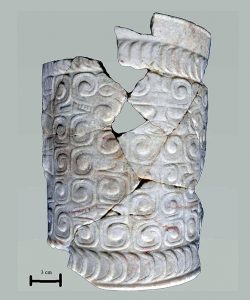
Cartagena, who graduated from BCC in 2015 and just began her senior year at The City College of New York, says she only enrolled in one of Skaggs’ courses to fulfill a requirement, but it wound up altering the course of her education. Cartagena has now spent parts of six summers at the site and, in 2016, she became its lab director.
“I’m the first one who gets to look at everything that’s cleaned,” said Cartagena of her role at the lab. “We use hydrochloric acid or regular vinegar to see what the artifacts are composed of. We do the quick, basic things that we can do in the lab. We clean it, we catalog it, and we send it back to the States.”
Cartagena, 27, recalls the exciting day at the laboratory, in the summer of 2017, when she received 20 dirt-covered fragments of the ancient Maya vase. She and a colleague realized they had “enough pieces to get one whole side of the vase completed … and it was marble,” said Cartagena. “I had not seen anything like it in the lab. Most of what we see is ceramic -- and I thought that this had to be something of complete value to the Maya of that time.”
In addition to noting the vase’s stylized swirls and crescents, Skaggs and his colleagues performed a stable carbon and oxygen isotope analysis, and concluded that the vase was produced in Travesia in northwest Honduras, some 150 miles from the Belize site. Skaggs co-authored an article about the vase, published in August in the Journal of Archaeological Science: Reports and first reported by CUNY SUMwebsite.
He says the vase is “one of the rarest things we have ever found at the site … a luxury craft good traded between rulers.” It dates to the eighth or ninth century, is now 75% complete and its discovery in a potentially desecrated burial site in a palace courtyard raises a host of questions in regard to trade, power and local politics between this outlying Maya settlement in Belize and a far more “elite” Maya community in Travesia.
Skaggs uses a 3D printer to replicate the vase, and says he has given three replicas to the Belize Institute of Archaeology for educational outreach. He says that excavations at the site are ongoing. The mapping of the dig was supported by the Bronx Community College Geospatial Center. Skaggs added that bringing students to the site enabled him to introduce them to “science and the scientific method.” In total, Skaggs has mentored 12 BCC students at the Belize site, along with undergraduates and graduate students from outside of CUNY. Another BCC student who worked with Skaggs at the site is Nicole Diaz, now a sophomore psychology major at Lehman College. She went in the summer of 2018, the year after the vase’s discovery.
“I did not have any experience with geology, but I really learned,” said Diaz, who taught herself to photograph artifacts “by watching YouTube videos and doing other research” and worked as a photographer at the site.
The vase may provide the outlines of a story about a power struggle between leaders – and could “show us a bit about what happens when societies are stressed for resources: how they adapt, or don’t,” said Skaggs.
“The Maya did not. What caused their civilization to break down is an interesting question. It may have been climate related. It may have been what today we call ‘Balkanization.’”



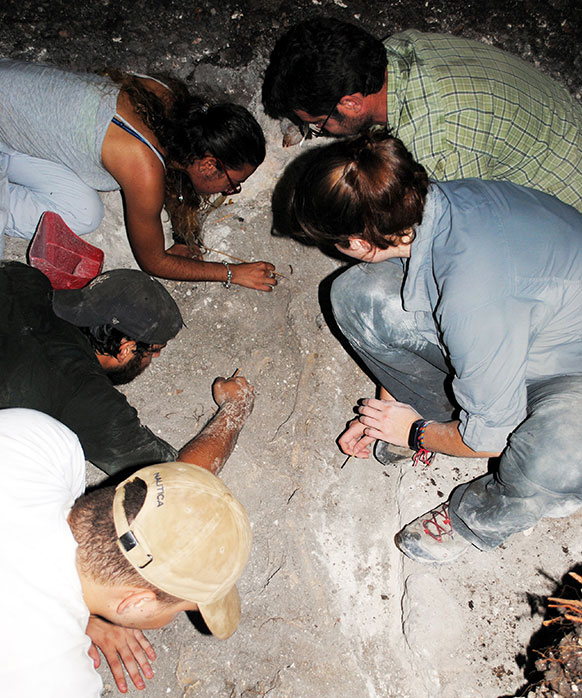

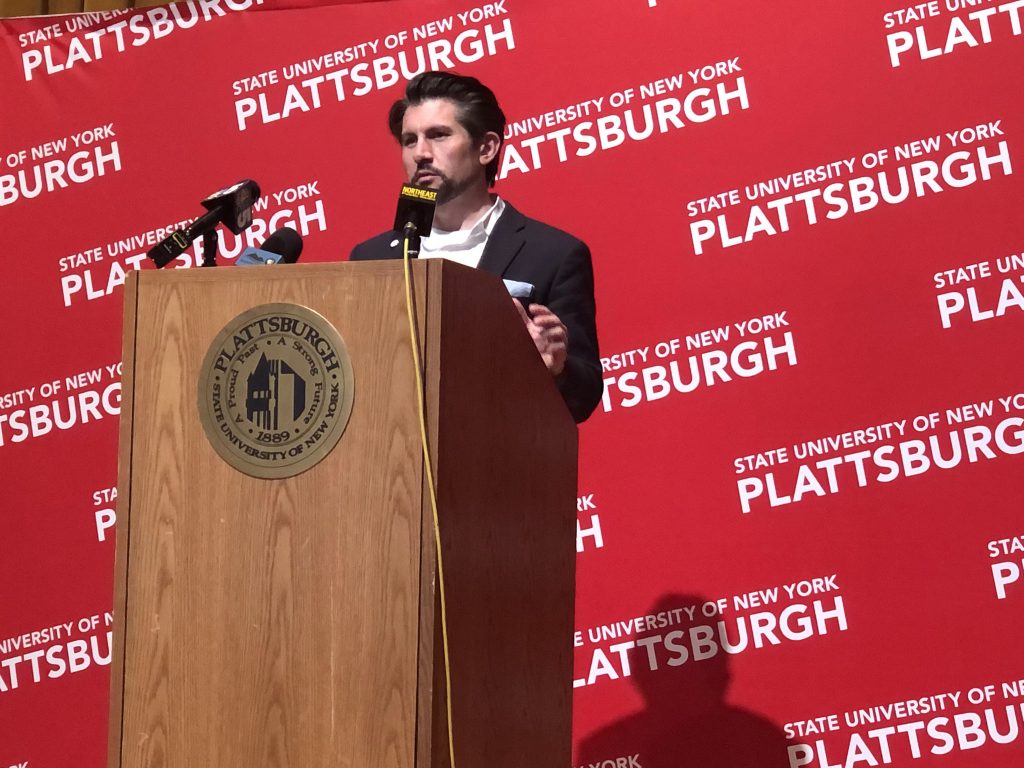
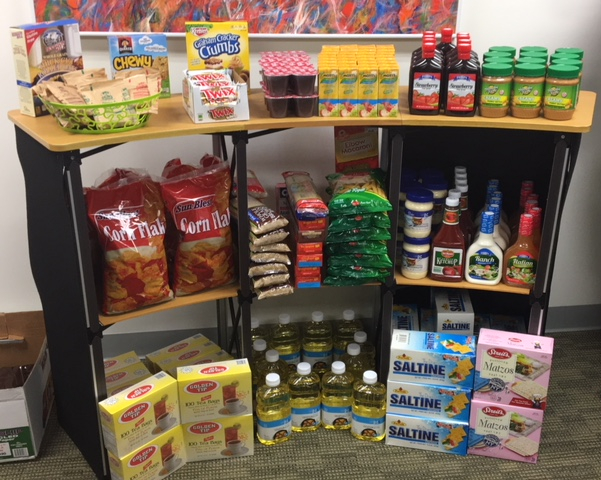
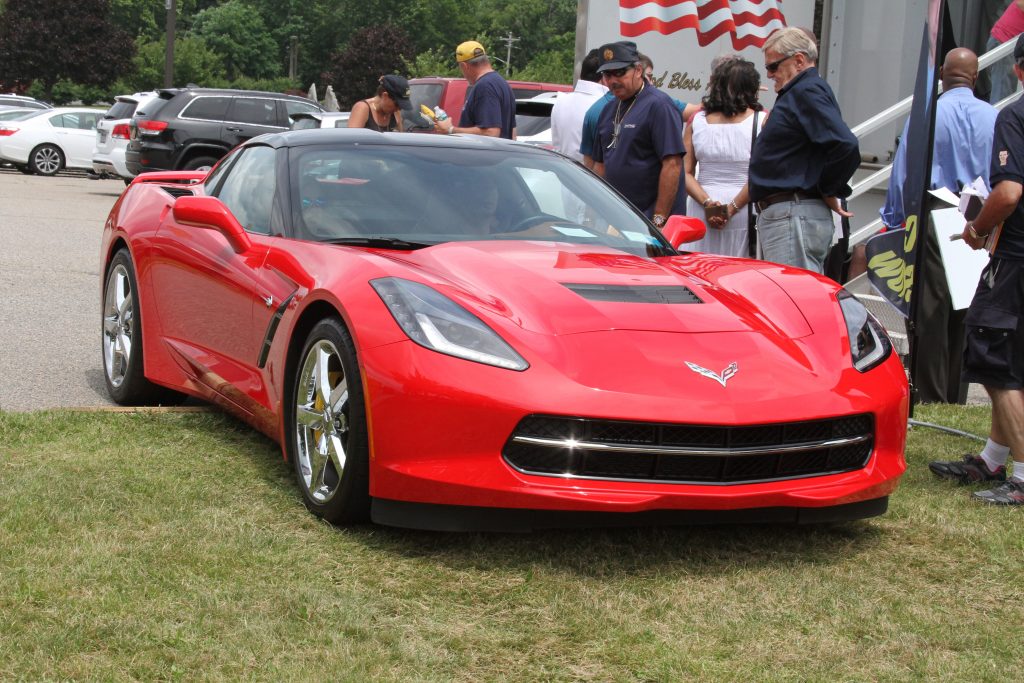

Facebook Comments